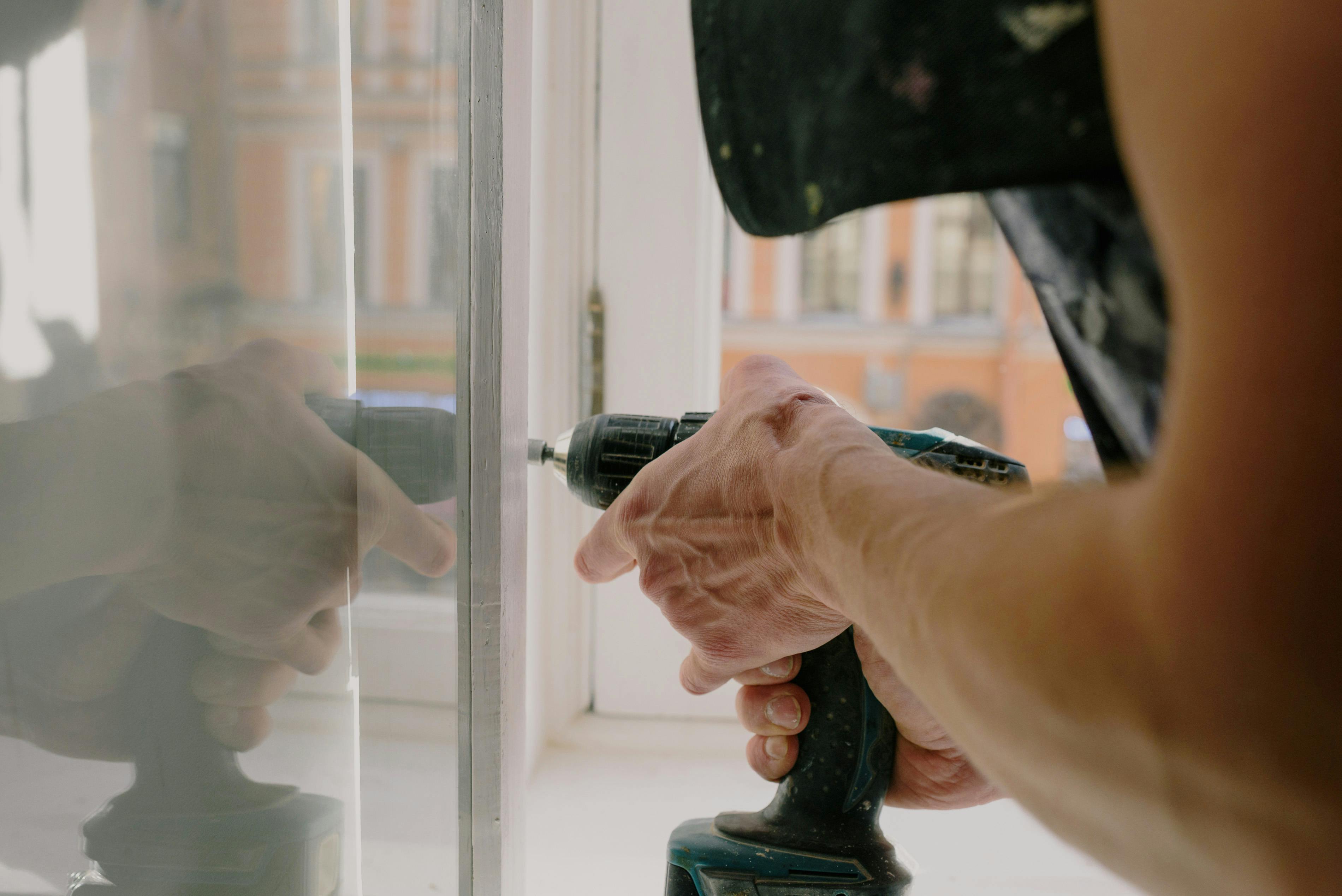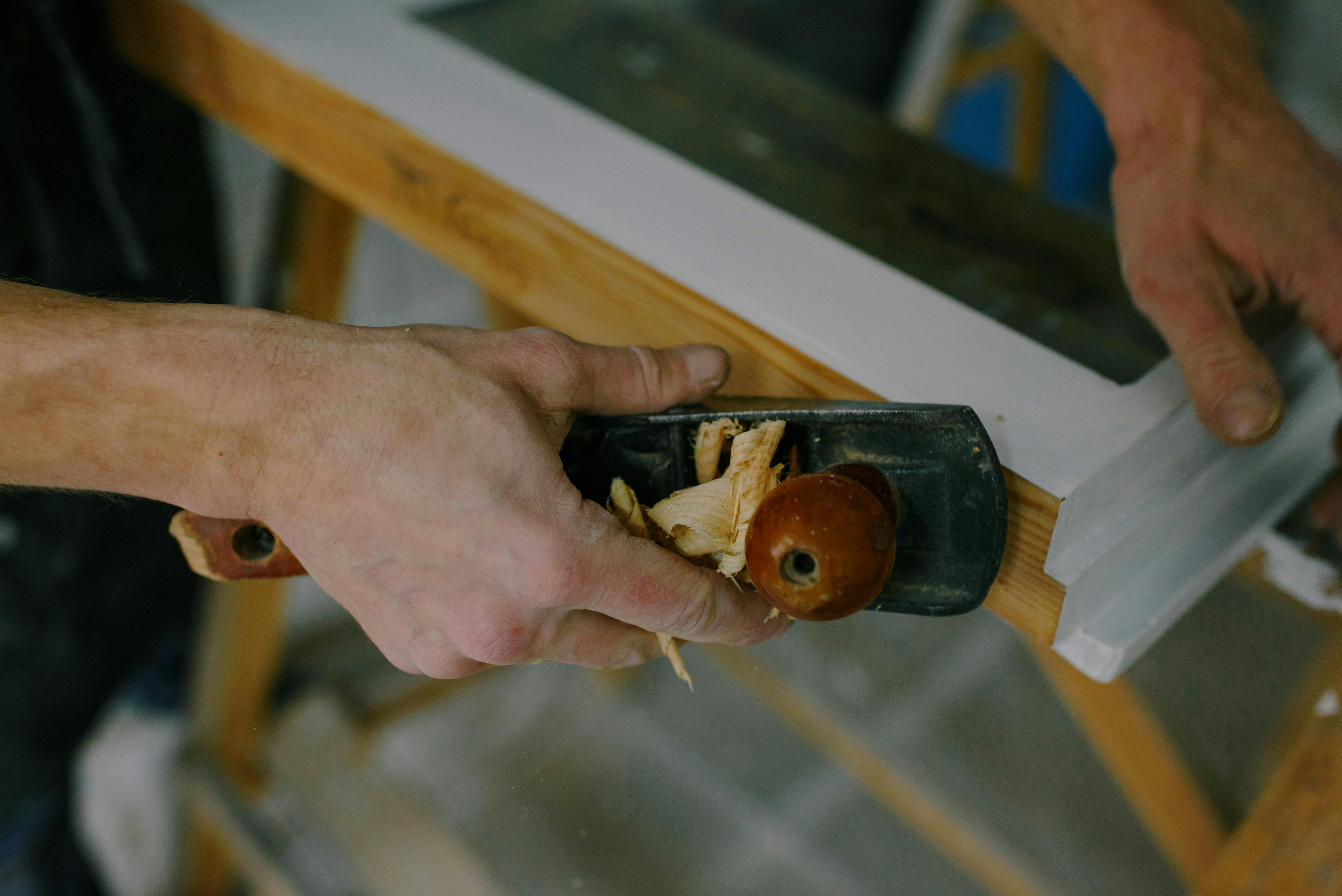Small and medium-sized businesses can gain a significant competitive advantage by changing their purchasing policies to favor medium-term savings over short-term affordability.
I always buy the highest quality tools to do my home projects because they will last me for decades and always work when I need them. Unlike cheaper tools that always break when you need them with the extra time wasted to buy another cheap tool now to break when you want to use it again later.
In business this is even more important, if I have a long-term lease or own my property, I want the cost of maintaining the infrastructure to be as predictable and low as possible.
Large corporations have a quarterly, semi-annual or annual budget, the cost of long-term maintenance is not related to that budget but to a different resource. Therefore, corporate buyers only care about upfront cost, not ongoing costs, quality, or safety. Therefore, a large corporation has a significantly higher maintenance, quality, and safety cost per product manufactured than a small or medium-sized business may have.
The smart small and medium-sized business can execute longer-term strategies that are more effective than the short-term strategy of a large corporation. Employ a policy of purchasing products that cost a little more up front, but save a lot when it comes to keeping your infrastructure up and running.
Large corporations spend a significant portion of their gross profits replacing poor but cheap infrastructure, which increases its cost and that is not likely to change anytime soon, leaving an opportunity for smaller companies to get ahead with medium and long-term strategies.
So why would you buy a $ 200 lamp when you can buy a $ 20 lamp in China? Well, removing a faulty device, arguing with the vendor about replacing the faulty product, or not bothering and just buying another $ 20 device still costs ~ $ 180 in time and effort not counting loss of production, quality, or safety.
On average cheap light fixtures have a failure rate of 15% and a life expectancy of 2-3 years when in permanent use, also their controller or power supplies often only last one year and perform poorly in environments very hot or cold.
A good quality device 10 times more expensive has a life expectancy of 10-15 years and a failure rate of ~ 1%. This shows that even for 5 years, the most expensive device will save money and improve the availability of your infrastructure.
Other added benefits of buying higher quality products are that large corporations are in almost any business that can make a profit, including small and medium-sized businesses. Their business model is to provide products that have a short shelf life, also known as planned obsolescence. So their business model forces them to make a bad product to meet the short-term goals of their shareholders.
By no longer buying the bad product from large corporations, some of the markets they were in will be less profitable and those markets will be available to small and medium-sized businesses.



